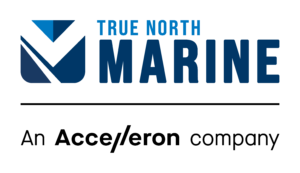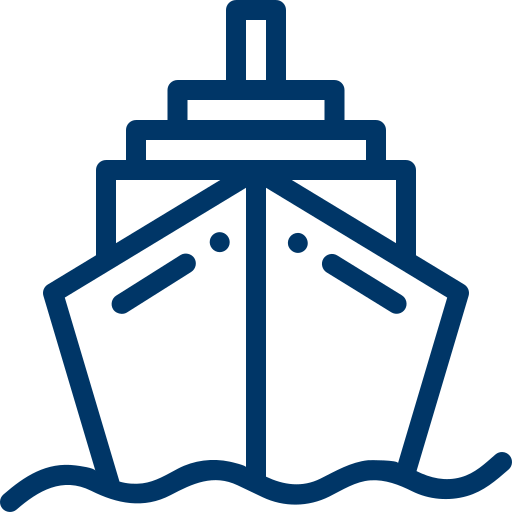However, it does not work when the human element is not onboard. In order for optimization to fully work, it requires the full cooperation of the Charterers, Owners and Master onboard. For years, Owners and Charterers have had what can often be described as an adversarial relationship. Given the dynamics of the markets it rarely happens that we have an equilibrium where both Owners and Charterers feel they are on equal footing. Speed and Consumption warranties as drafted in Charter Parties naturally lead to disputes, often times quite contentious.
So when you propose doing away with those warranties and really looking at vessel operation in a new light, it can naturally lead to some skepticism and mistrust. This will take time and same is the reason that we strongly feel that a piece of software no matter how sophisticated will not work alone in these first years. We are training our Analysts to be the bridge between the client and optimization, providing a guiding hand and most importantly flagging early on when optimization will not work and traditional weather routing is preferable.
Has your experience been different? Want to chat to us about the TNM approach? Please feel free to contact me at bhatter@tnmservices.com






